Square foot gardening is a super simple gardening practice that helps you get a big harvest out of a small space. No matter your garden size, you can implement dense planting practices for different plants to get more than you expect from one gardening bed. Here’s how to do it!

I’ve been talking a ton about food lately! With rising food costs, it seems to be on everyone’s mind of late. Those who aren’t already growing food in their green space are wondering how they can get started!
One method that I want to introduce you to is square foot gardening. This is a method popularized by Mel Bartholomew, and it’s all about implementing an easy way to grow tons of food in a small space. He wrote a book on the subject, All New Square Foot Gardening, 3rd Edition, Fully Updated: MORE Projects – NEW Solutions – GROW Vegetables Anywhere.
Small space gardeners get good yield and a lot of variety with a square foot garden. Not only that, they tend to have fewer weeds and conserve water by planting densely. Year after year, you can rotate crops around the beds to ensure no nutrient depletion or diseases are introduced.
Today, I’m taking a few pages out of Mel’s book (literally) to go into depth about how you can design your own square foot garden. Let’s get planning!
This post will cover…
- Expert Tips for Square Food Gardening
- What is Square Foot Gardening?
- Benefits of Square Foot Gardening
- Planning Your Square Foot Garden
- Location
- Designing the Garden Bed
- Soil
- Mapping Out Your Square Foot Garden
- Spacing Plants
- Square Foot Gardening Chart
- Square Foot Gardening Example
- The Harvest
- Frequently Asked Questions About Square Foot Gardens
Reprinted with permission from All New Square Foot Gardening, 3rd Edition, Fully Updated : MORE Projects – NEW Solutions – GROW Vegetables Anywhere (New edition) by by Mel Bartholomew with The Square Foot Gardening Foundation © 2018. Published by Cool Springs Press. Photography courtesy of Cool Springs Press where noted.
Expert Tips for Square Food Gardening
- Separate your garden into square foot grids to help plan what vegetables to plant.
- Densely plant your seeds. Plants don’t need as much spacing as seed packets advise.
- Separate your plants into extra large (1 plant per grid), large (4 plants per grid), medium (9 plants per grid), and small (16 plants per grid).
- Pair square food gardening with succession planting to really get the most harvest out of a small space.
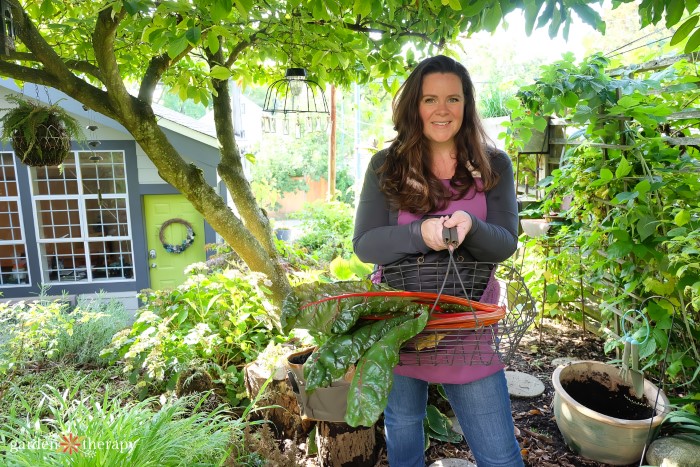
What is Square Foot Gardening?
Square foot gardening utilizes a grid system to pack in vegetables (or other plants) as tightly as possible.
Each grid is one square foot; the classic square foot gardening bed measures 4×4 ft for a total of 16 squares. Before square foot gardening, the most common practice was to plant rows of vegetables, but Mel believed this to be a big waste of space and seeds.
Depending on the size of the vegetable, you can place a certain amount in each grid. For example, one large plant like a tomato would take up one grid, while smaller plants like radishes could fit 16 in a grid. This grid system makes an extremely efficient way to plan, plant, maintain, and harvest.
Square foot gardening is best paired with succession planting. In succession planting, you continuously plant throughout the growing season to strategically space out and extend your harvest. You can easily plan how many vegetables take up one grid and when to harvest and replace the grid with more vegetables for a second harvest.
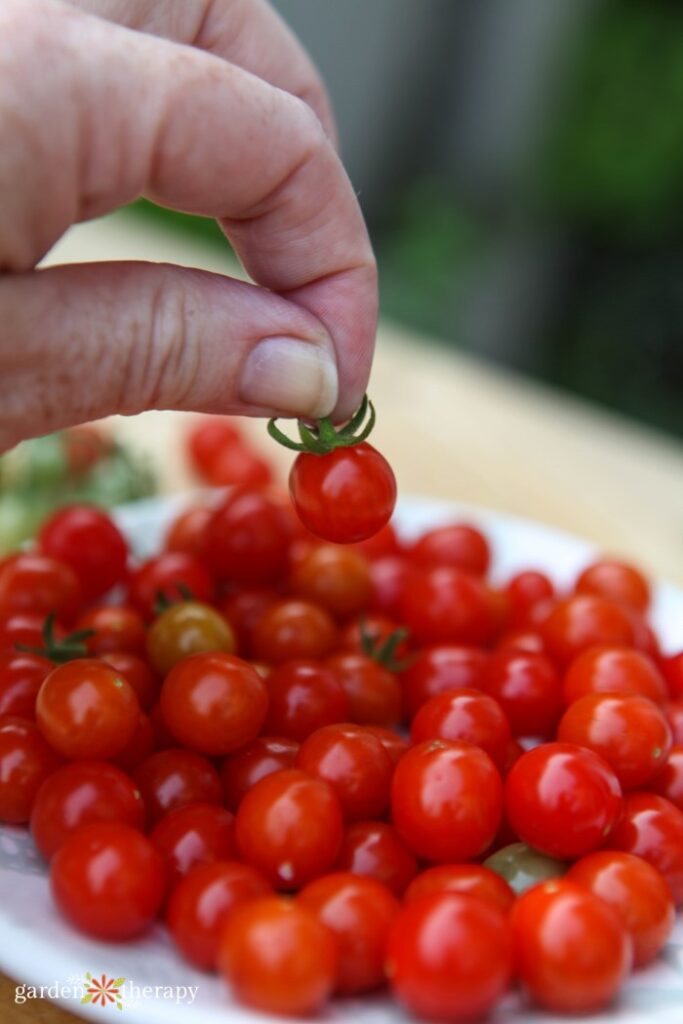
Benefits of Square Foot Gardening
By far, the biggest benefit of planting a square foot garden is its efficiency.
Not all of us have loads of gardening space to grow vegetables and herbs. I’m the exact example of that! I have a small urban garden, so I have to get very strategic about what I plant.
In square foot gardening, you plant things very densely. This means there is very little space between plants, leading to fewer weeds. Or practically none!
You also have to water way less. You don’t have to worry about watering a large space, instead concentrating your watering on the vegetables in the grid. This also means less soil, compost, and fertilizer needed.
With square foot gardening, you’re also less wasteful when it comes to seeds. Rather than planting a ton in a row and thinning a majority of them out, you only plant with what you need to fill your grid.
This gardening method also encourages you to intermix your vegetables. This means that your garden is naturally posed to better fight against pests and diseases and avoids nutrient depletion.
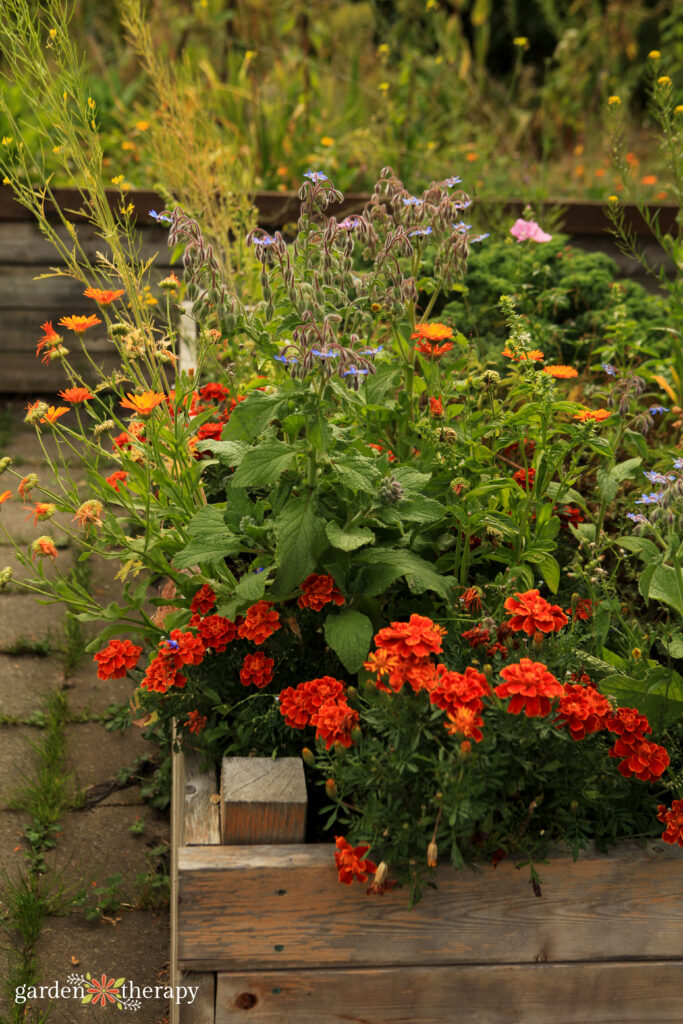
Planning Your Square Foot Garden
If you want to grow a square foot garden, there are a few things to keep in mind to get the most out of your small space!
Location
You can have as many or as few gardening beds as you would like. Just make sure that each of them is located in a space suitable for your plants.
Most vegetables need full sunlight. This means 6-8 hours of sunlight a day. They need plenty of energy from the sun to produce tons of fruits and leaves.
Also, be mindful of where you place the vegetables within the grid. Any tall plants and those needing a trellis should not cast shade on the lower plants. So pay attention to the sun!
When I plan my vegetable garden, I also like to consider permaculture zones. This means placing the vegetables close to the home since I’ll access them often.

Designing the Garden Bed
You can either work with a bed that you already have or make a brand-new one from scratch. You can play around with shapes as much as you like, but ideally, you will separate the whole bed into squares for planning purposes.
The grids will help you to organize your garden for planting and harvesting. Mel makes his grids using wood slats that are then drilled into the wooden raised bed. You can also use re-bar or PVC tubing or even rope secured with nails.
No matter the shape, make sure you can reach everything. A bed that is 5×6, for instance, you might not be able to reach the center plants to take care of them.
When building your gardening bed, also consider accessibility. For instance, if a child is accessing the garden, maybe you’ll want a bed that is low to the ground and 3×3 instead of the classic 4×4 design. Or perhaps you want a raised gardening bed at waist height to avoid the need to bend down while tending to it.
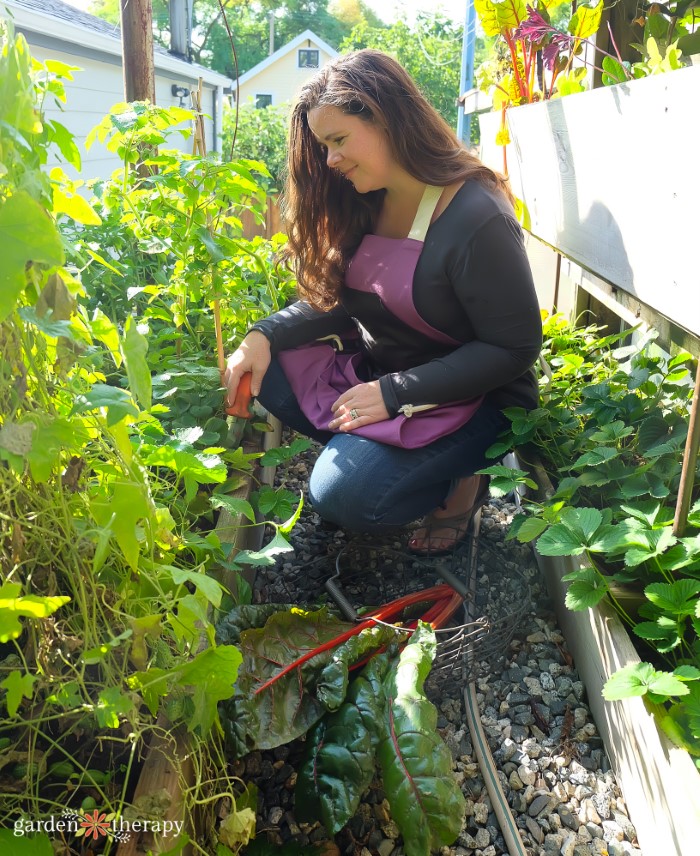
Soil
For my garden, I use next to no fertilizer. Instead, I rely heavily on compost to keep my soil fertile and perfect for growing plants and food.
I make all of my own soil mixes, as I can achieve the perfect blend of retaining moisture without getting soggy soil.
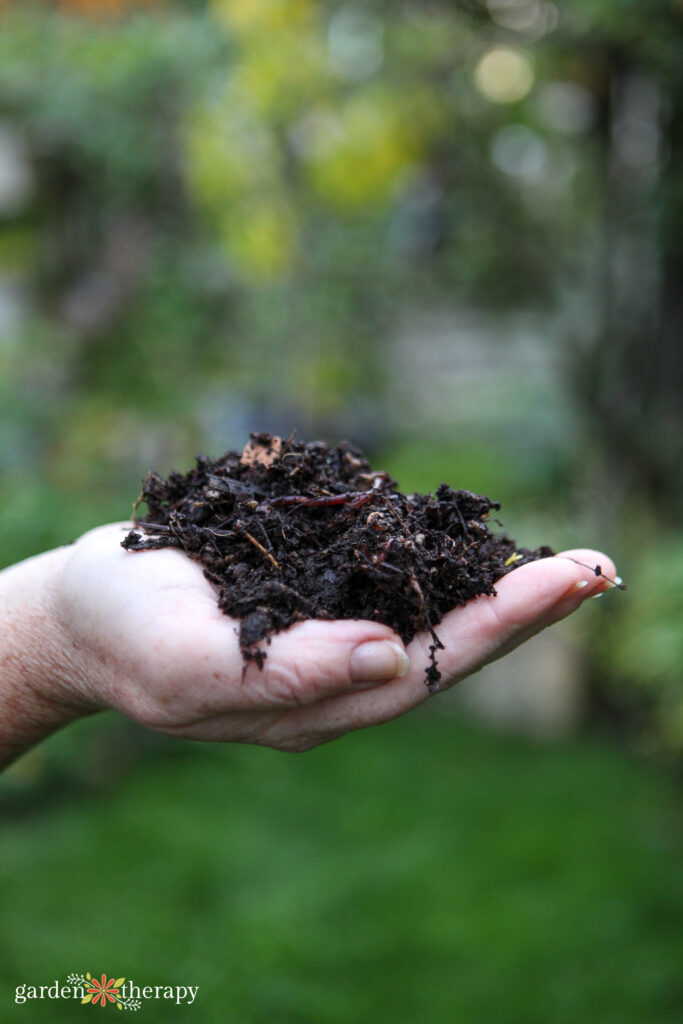
Mapping Out Your Square Foot Garden
Planning might be the most important part of planting a square foot garden. This is how you’re going to cram as much as you can in a small space without sacrificing any of your plant’s health.
“I think the easiest way for most gardeners to plan out their crops is to just draw a big square with a grid of 16 squares inside to represent each Square Foot Garden box,” says Mel. “Then all you do is label the squares with what you want to grow in them.”
Of course, if you have a different layout than the classic 4×4 garden, you would map that out into squares in the same way above.
“It’s wise to label the squares with the number of plants per square foot, so you can get a sense of how full the overall Square Foot Garden box will be. You can also graph out different versions of the same box to show the transition plantings as you will move through the seasons.”
Like any bed, also be strategic with your placements, like putting the tall plants on the edge, the low maintenance plants in the center, and alternate crops so they’re next to different plants.
Vertical space is some of the most useful, especially when dealing with small gardens. Utilize a trellis and vining plants, but also get creative with your space. For instance, I use a very unique vertical planter since I have such a small sliver of the garden that gets enough sun for my vegetables.

Photo courtesy of Cool Springs Press
Spacing Plants
Spacing is the biggest thing to grasp when planning a square foot garden. Ditch the ideas of planting things in a row. Pack as many plants as you can into a gardening bed. Most seed packets will tell you how far apart to space your plants, but you can always go closer than they say.
Each vegetable will vary, but they usually fall into one of the four categories:
- Extra large = 1 plant per square
- Large = 4 plants per square
- Medium = 9 plants per square
- Small = 16 plants per square
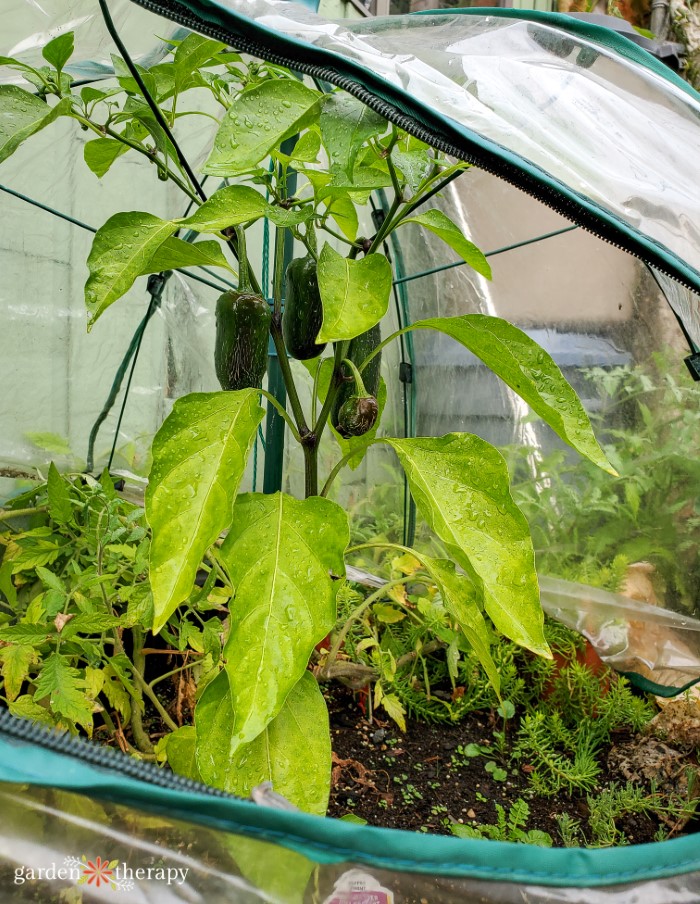
Photo: Tara Nolan
Square Foot Gardening Chart
Use this chart when making your plans. I included some of the most common vegetables. But if you don’t see a vegetable on the list, try to determine if it is an extra large, large, medium, or small vegetable and use the space guidelines above.

Square Foot Gardening Example
The standard 4×4 is the easiest to plan and grow things for. This gives you 16 square grids to work with, with one type of vegetable in each of the squares. In Mel’s design, he places a trellis alongside the back and places his climbing plants there.
Here is an example from Mel for 16 different squares.
- Pole beans, 8 plants
- Climbing peas, 8 plants
- Cucumber, 2 plants
- Musk melon, 1 plant
- Tomato, 1 plant
- Green pepper, 1 plant
- Eggplant, 1 plant
- Potato, 1 plant
- Head cabbage, 1 plant
- Broccoli, 1 plant
- Cauliflower, 1 plant
- Curly kale, 1 plant
- Leaf lettuce, 4 plants
- Onions, 16 sets
- Radishes, 16 plants
- Leaf spinach, 9 plants
Of course, this is just one example. You can customize it to whatever types of plants you grow. Some squares might take all season, while others may be part of succession planting.
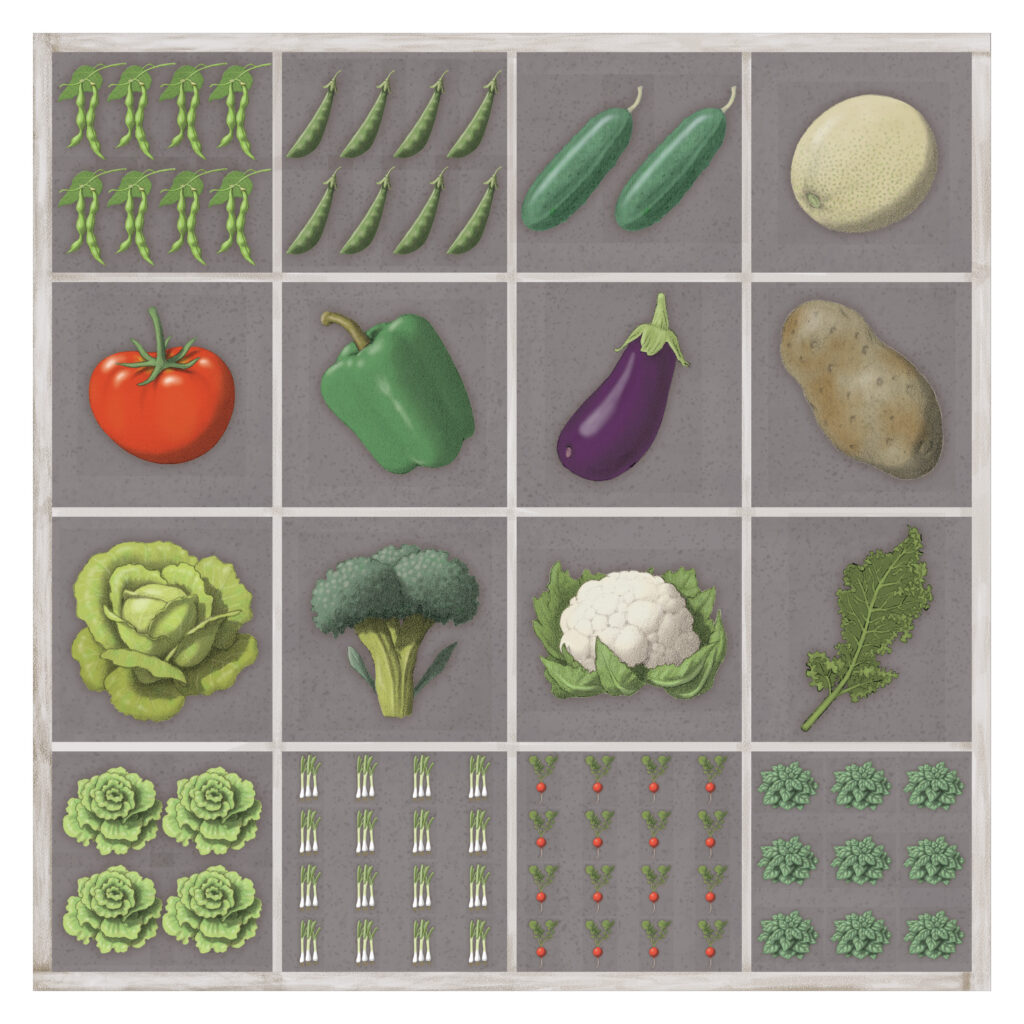
The Harvest
From this one 4×4 square planter, you can get a ton of produce. Using that same example from Mel as above, here is what you can expect as a harvest.
- 2 gallons of green beans
- 2 gallons of peas
- 18 cucumbers
- 1 muskmelons or cantaloupes
- 18 tomatoes
- 12 green peppers
- 10 eggplants
- 8 potatoes
- 1-3 heads of cabbage
- 1-4 heads of broccoli
- 1-4 heads of cauliflowers
- 4 gallons of kale
- 8 heads of lettuce
- 16 onions
- 48 radishes
- 2 gallons of spinach
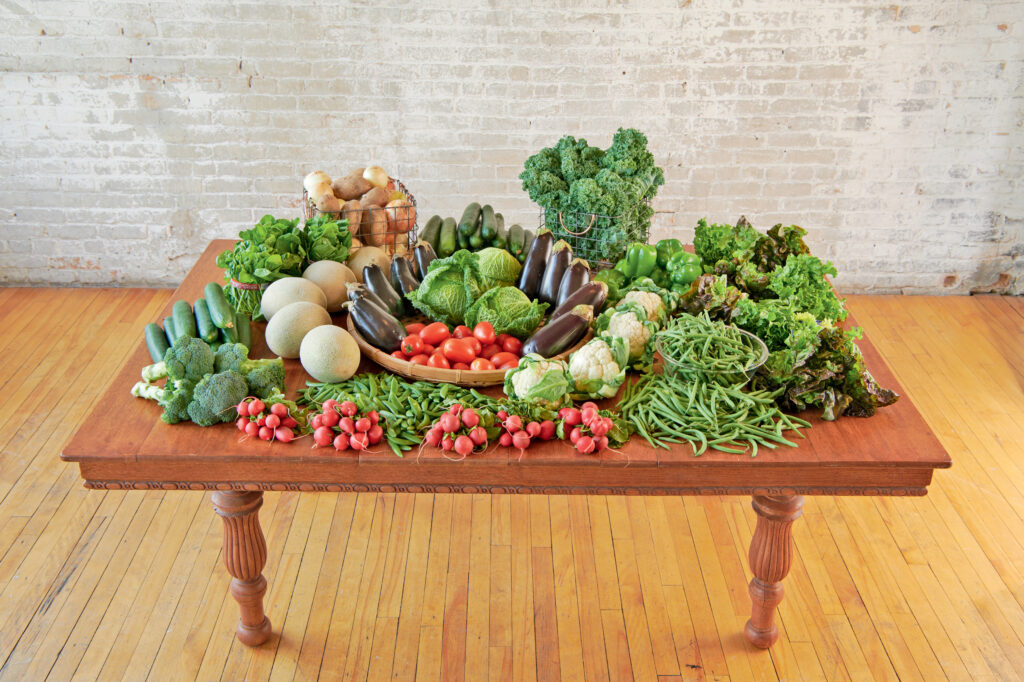
Photo by Paul Markert.
Frequently Asked Questions About Square Foot Gardens
The main idea behind square-foot gardening is cramming in plants. Of course, this won’t work for all plants, especially ones that take up lots of room, like squash or zucchini.
The initial cost of building a gardening bed can add up. Using recycled or reclaimed materials can help offset costs.
Filling a raised gardening bed can also get pricey. You can reduce the cost by filling it with other items and layering the top with rich soil. Here are some ideas for filling the bottom of a raised gardening bed.
Square foot gardens are designed for growing food and are primarily best for vegetables. That being said, you could also use this practice for growing a herb garden or cut flower garden as well.
Mel claims that 6 inches are all you need for most vegetable crops. However, I find that to be much too shallow for most plants. I recommend doubling that and having a minimum of 12-18 inches. You can find a more detailed guide about planting depths here.
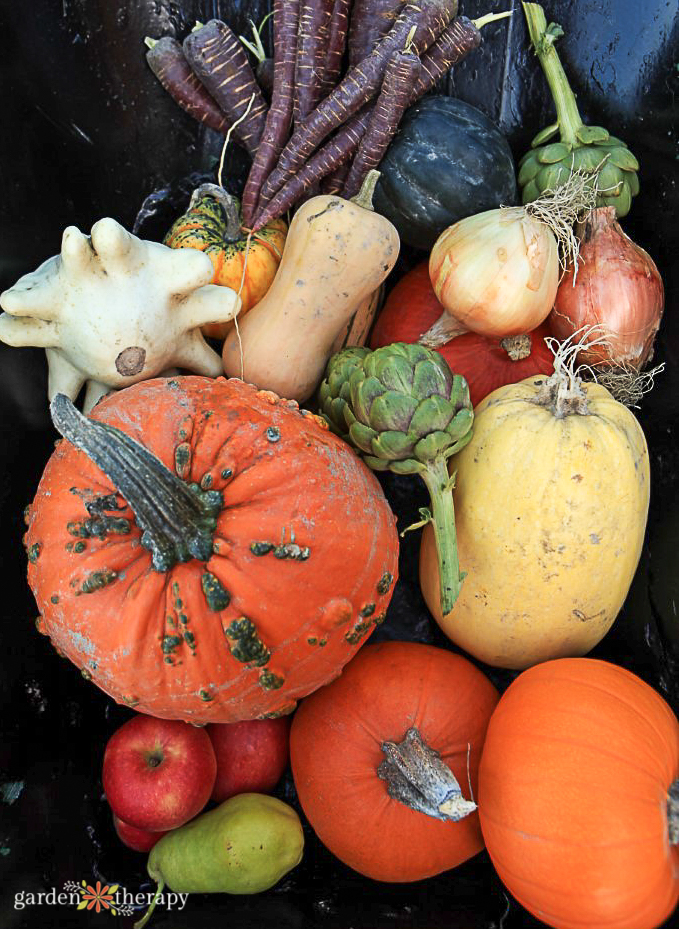

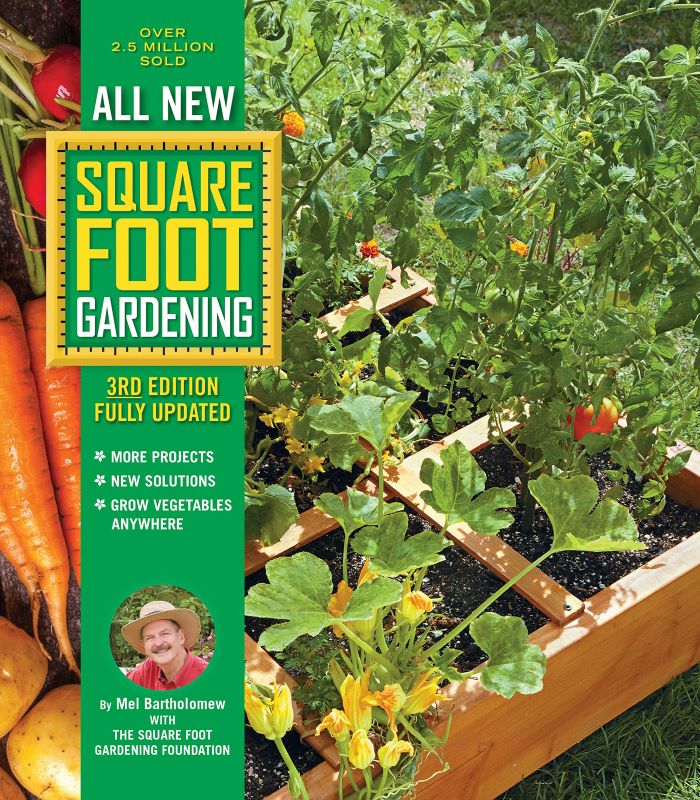




thanks for sharing.Square Foot Planting Guide gave me much help.
Very helpful chart for planning. Thanks for posting this.
Handy Chart! Thanks! Printing it out to put in my gardening planner.